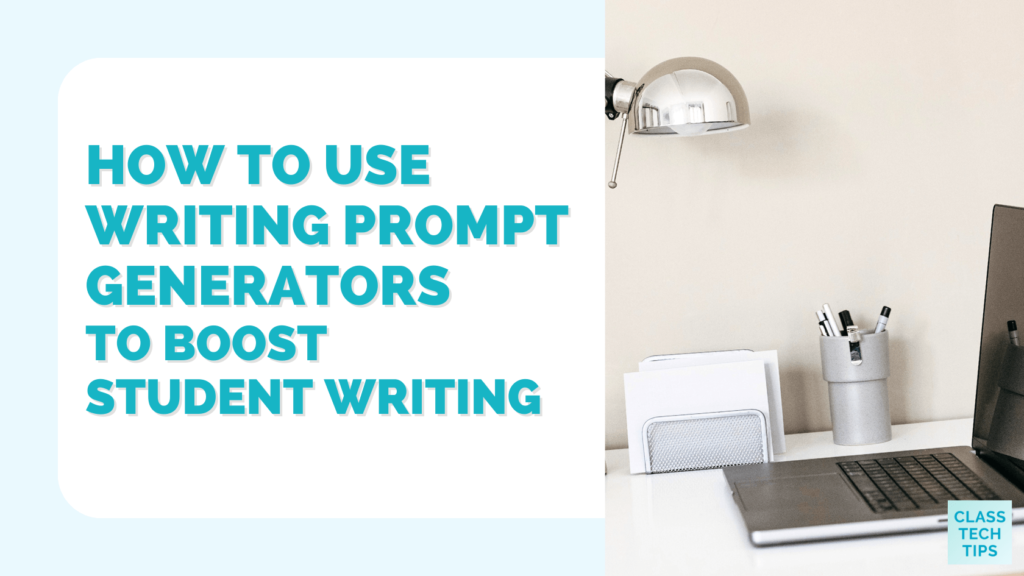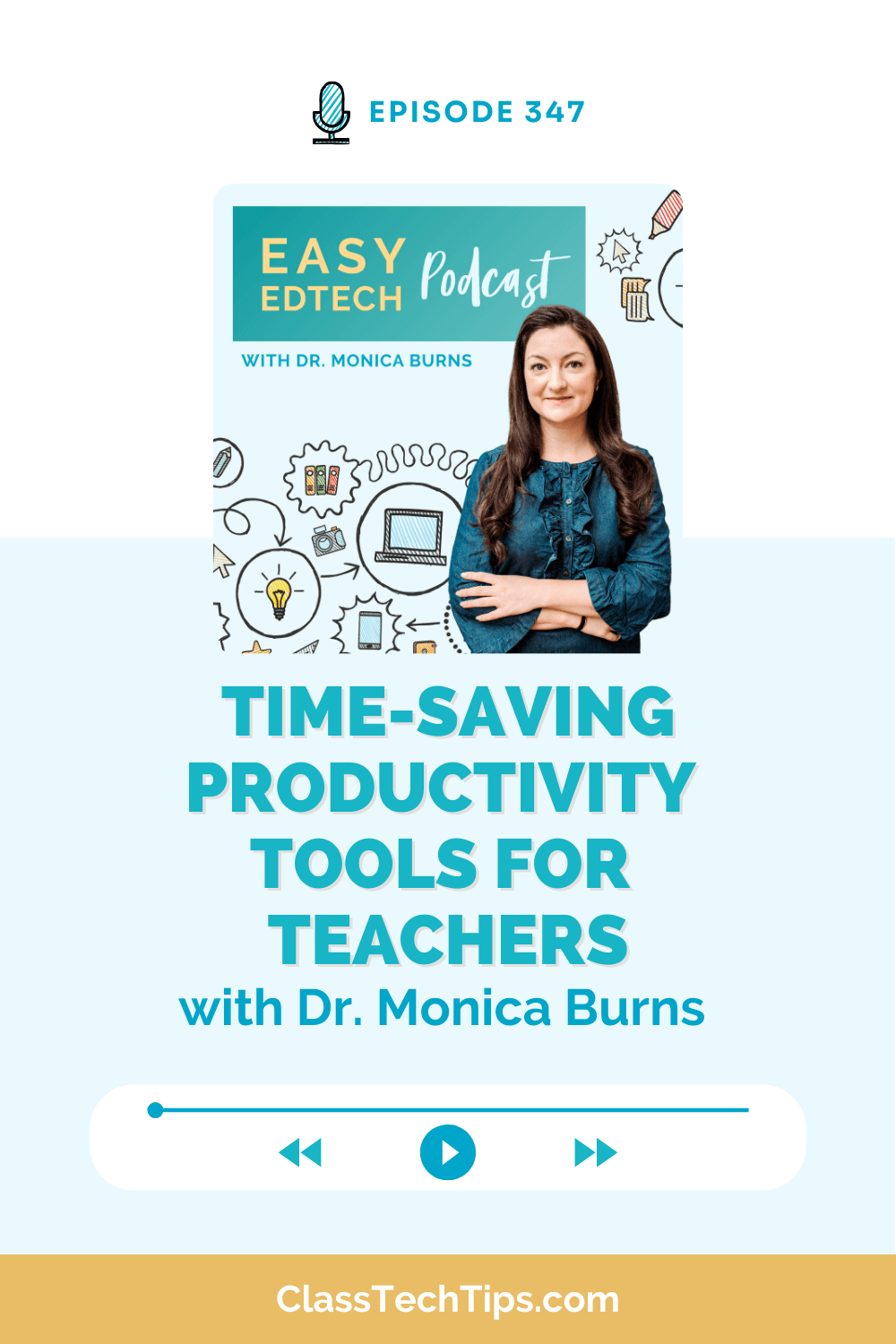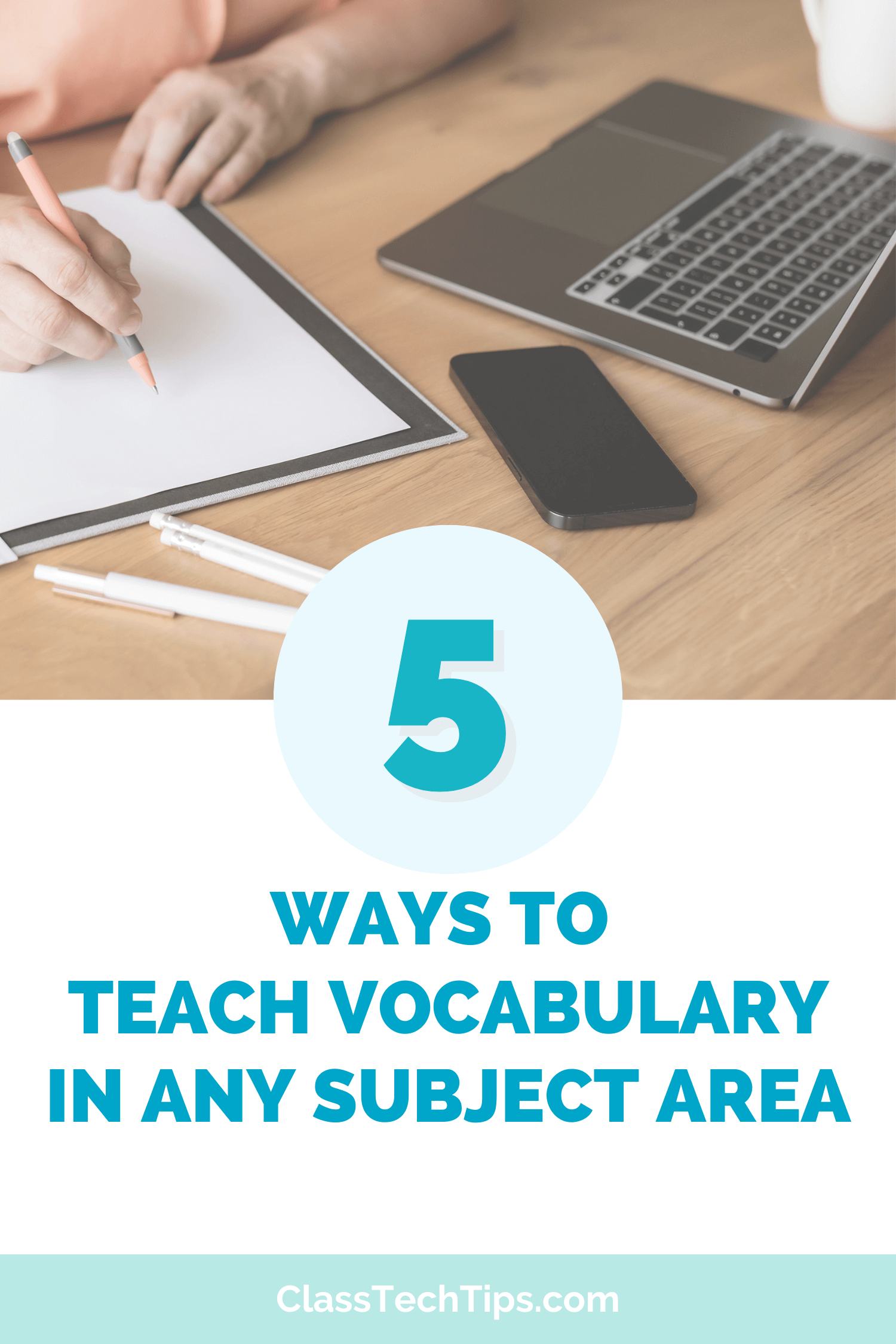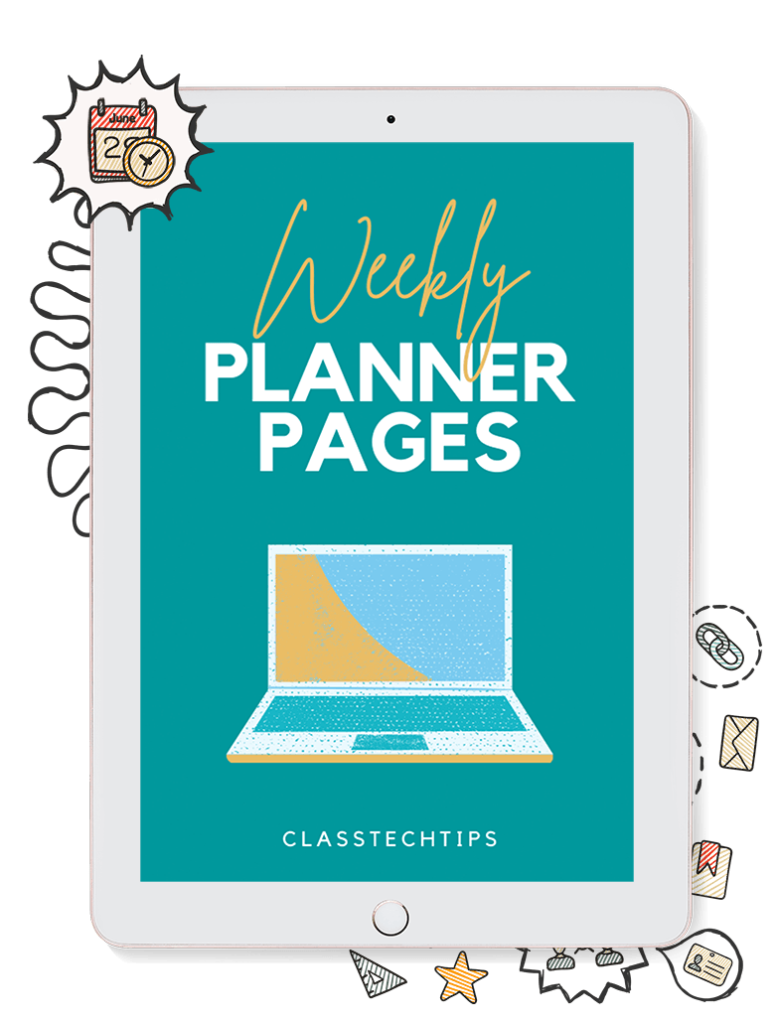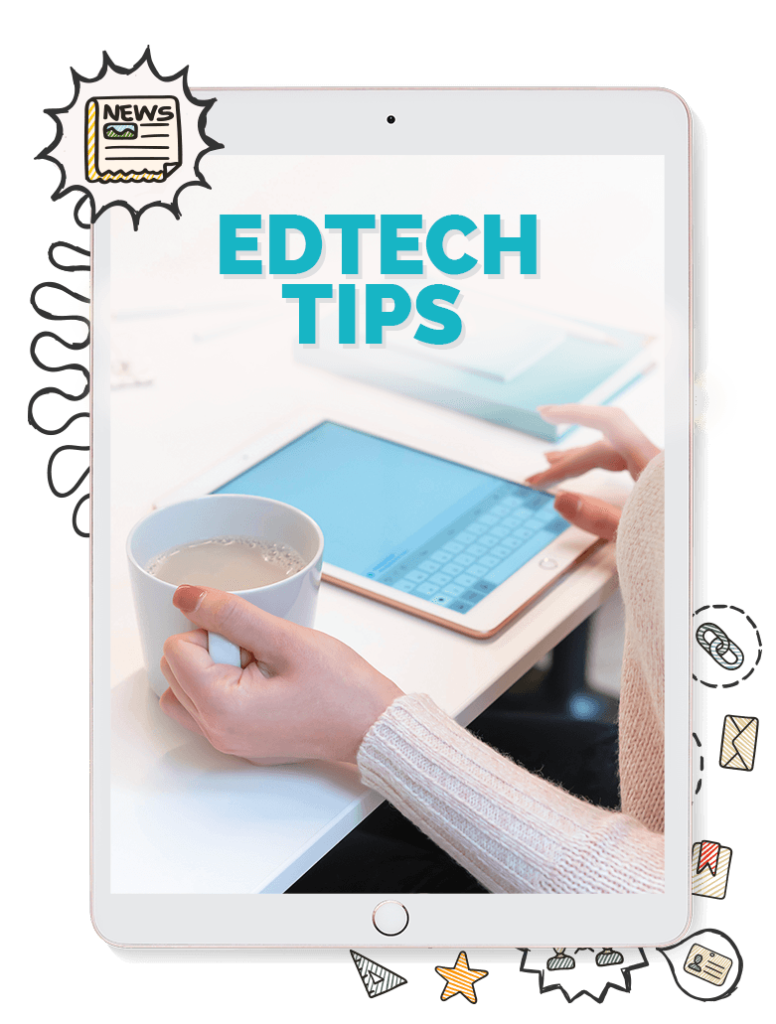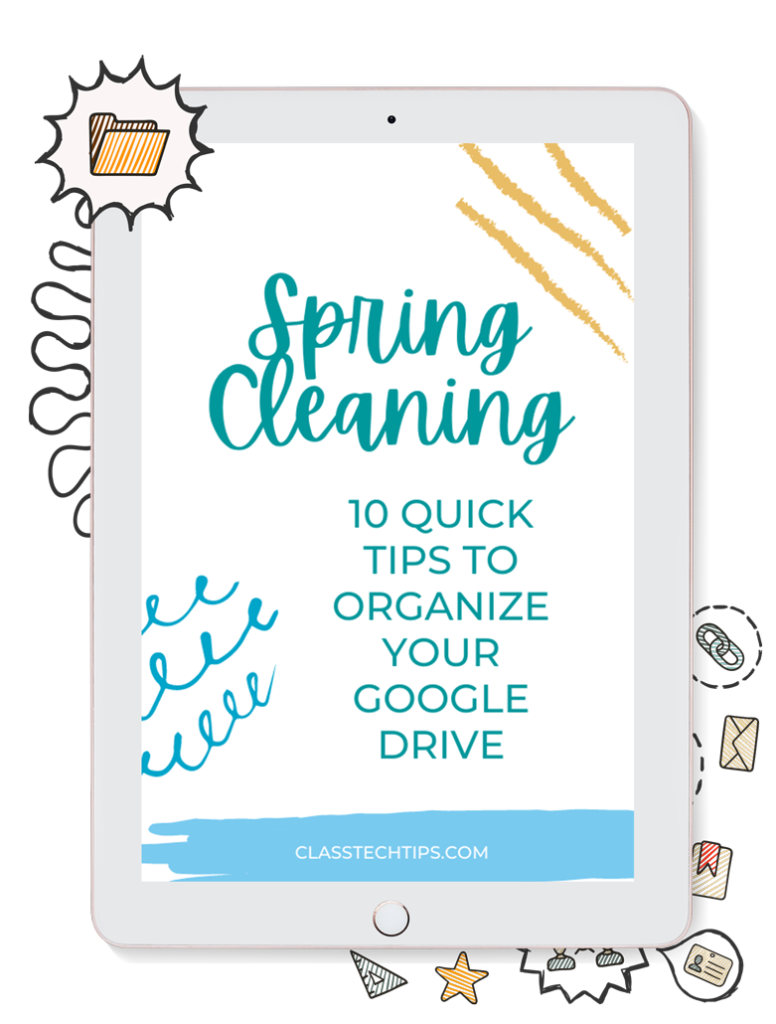Getting students started with writing can be a challenge, especially when they aren’t sure what to say. That’s where writing prompt generators can make a big difference. These tools take the pressure off by offering quick ideas students can respond to right away. There are free and low-cost EdTech tools that give you ideas for writing prompts you can tweak and share with students.
Whether you’re planning a morning warm-up, a station activity, or a closing reflection, writing prompt generators can save you time and increase student engagement. In today’s blog post, you’ll find tips, examples, and easy-to-use EdTech tools that can help you use writing prompts in any subject area.
With just a few clicks, a writing prompt generator helps you give students a starting point to express their thoughts, build confidence, and stay focused.
What is a writing prompt?
A writing prompt is a short statement or question that gives students a starting point for their writing. It helps focus their ideas and encourages them to respond with creativity, reflection, or critical thinking. Prompts can be used in any subject area to support daily writing habits, build confidence, and make writing feel more approachable. Here are a few short examples:
- What do you think would happen if gravity suddenly stopped working? (Science)
- Imagine you’re a time traveler visiting a famous event in history—what do you see? (Social Studies)
- Write a story about a robot that learns how to paint. (Creative/Narrative)
- If you could ask a character in your book one question, what would it be? (ELA/Reading Response)
- What invention do you wish existed, and how would it work? (STEM/Innovation)
What is a writing prompt generator?
A writing prompt generator is a digital tool that creates prompts automatically, often with just the click of a few buttons. Many prompt generators let you choose the type of writing, grade level, or topic so the prompts are relevant and age-appropriate. These tools can save teachers time and provide students with a variety of ideas to explore. We’ll jump into a handful of favorites in just a moment.
Why Use Writing Prompts in the Classroom?
Writing across the content areas helps students organize their thinking, process information, and make deeper connections. In science, students can explain the steps of an experiment or write a prediction. In social studies, they might reflect on a historical event from a character’s point of view.
Students in a math classroom can respond to an open-ended problem or describe their strategy. In English Language Arts (ELA), students can use prompts to practice different genres or write short reflections after reading. Writing prompt generators make it easy to build this habit into everyday instruction and are a great tool to suggest to a teacher who wants to incorporate more writing into their lessons in any subject area.
Turn Prompts Into Discussion Starters
Writing prompt generators can serve a variety of functions. Instead of an independent or collaborative writing activity, you can use them to spark classroom discussions, too. Use the same writing prompt generators to create a prompt, then invite students to share their ideas with a partner or in small groups. Instead of a writing activity, these writing prompts can help students have a focused discussion on a topic.
Writing Prompt Generators (and Complimentary EdTech Tools)
Use Pressto’s AI Writing Assistant
Pressto’s AI Writing Assistant offers an AI-powered writing assistant that gives students suggestions based on their age and writing goals. It’s great for differentiation since you can quickly switch the grade level and focus. You can use it with a full class or create prompts for a small group of students.
I had the chance to chat with Emily Donnelly from Pressto all about the impact AI can have on instructional planning and setting up students for success as writers. It’s a bonus episode of the Easy EdTech Podcast titled “Exploring the Impact of AI on Writing Instruction.”
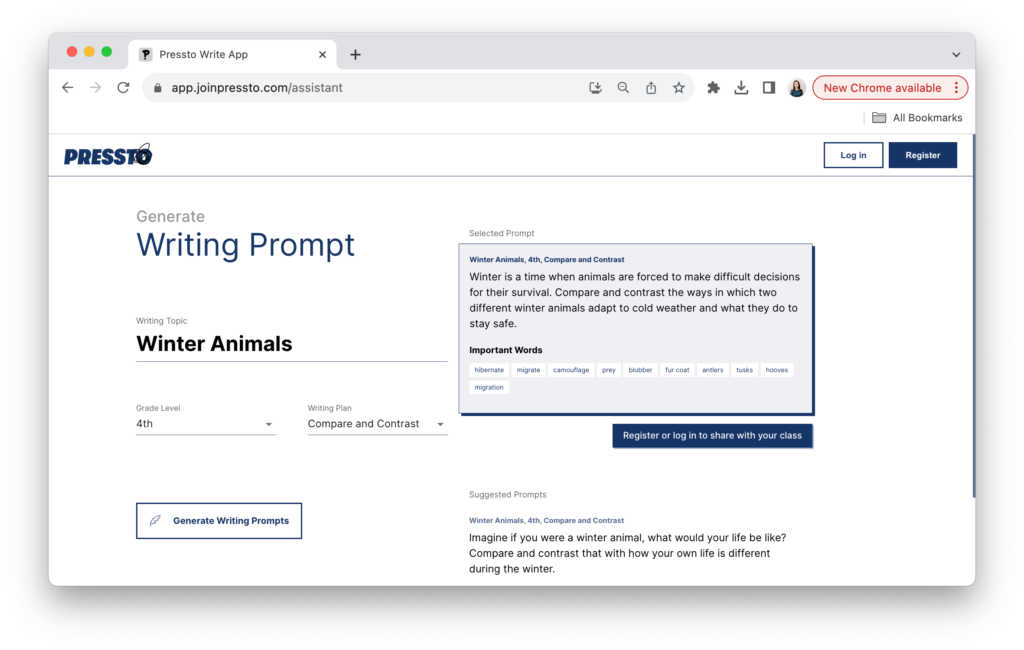
Try Scholastic’s Story Starters
If your goal is narrative writing, Scholastic’s Story Starters is a fun and easy tool to use. It gives students a silly or creative scenario to respond to, and you can pick grade level ranges to match your classroom. It’s a great option for writing stations or centers, too. You and your Students spin a virtual wheel to get their prompt, then get started writing right away.
Gather Open-Ended Questions with Diffit
Diffit helps you create a wide range of supplemental resources for your students, including open-ended questions. These open-ended questions are based on a topic you choose and tailored to the language and reading level you select. In addition to using these questions as writing prompts, they are also great for whole-class discussion starters. You can copy questions into Google Docs, Slides, or your learning management system so students can respond digitally or in writing journals.
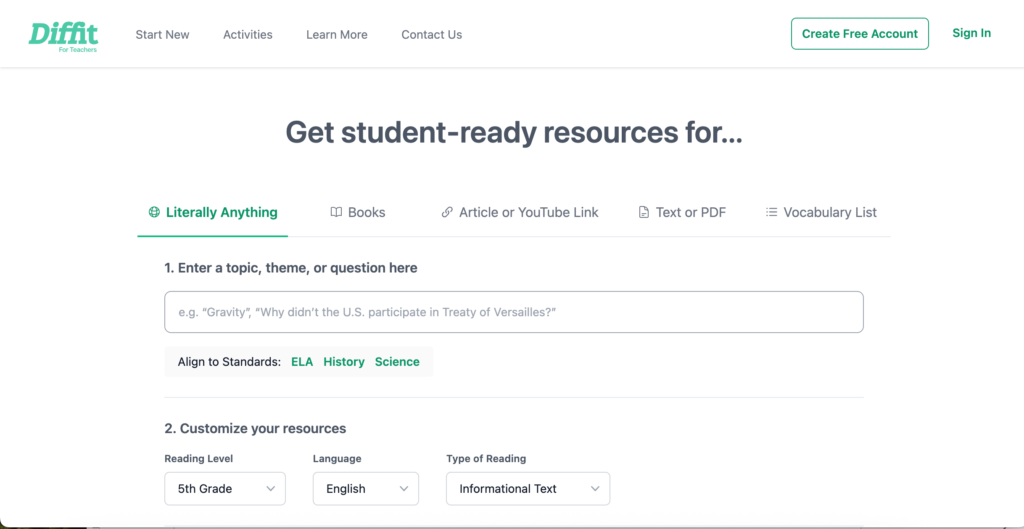
Publish Responses with Book Creator
Regular readers of the blog know that I’m a big fan of Book Creator. It is a publishing tool students can use to turn their writing into shareable ebooks. After responding to prompts, students can collect their work into a class anthology, personal journal, or ebook made with Book Creator.
It’s easy to add images, audio, and links, so students can create a multimedia experience for their readers. This is a great way to celebrate student voice and show off the results of your writing prompt routines. I also appreciate how students have the option to respond by typing text, using voice-to-text, or adding an audio recording to each page.
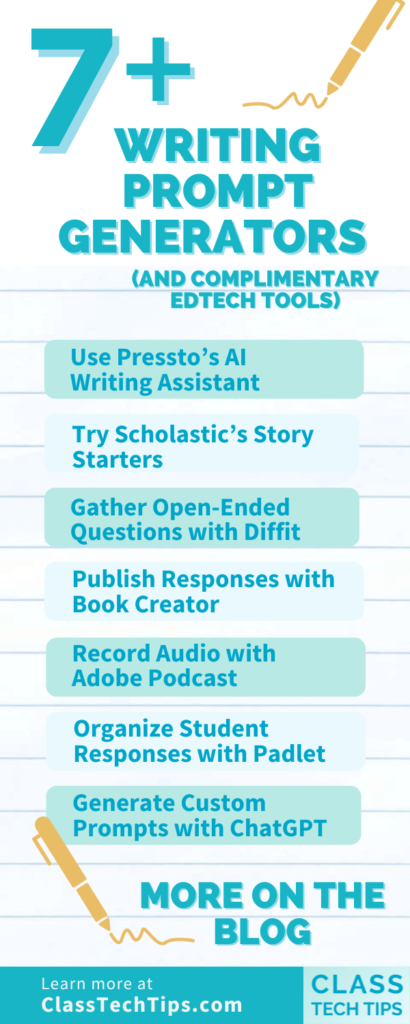
Record Audio with Adobe Podcast
If you’re looking for an audio experience Adobe Podcast makes it easy for students to record their responses to prompts and share their ideas through audio. Over the past few years, I’ve had the chance to work with the Adobe Education team to lead Creativity Institutes, and I love sharing Adobe Podcast with educators.
You can use Adobe Podcast for fluency practice, reflection activities, or podcast-style class projects. Students can write first, then record, or respond off the cuff. This is perfect for making writing experiences more interactive (and shareable).
Organize Student Responses with Padlet
You can use Padlet to collect student responses to writing prompts and display them in real time. You can organize their responses into columns by topic, theme, or class period. This is a helpful way to show students that their ideas matter and to build a classroom space where everyone’s writing has a place to shine.
I love hosting workshops and webinars for educators and I often use Padlet as a way to organize responses and resources. One of the reasons I love sharing this tool is because it’s perfect for students, too. In addition to adding a text response, they can choose from audio and video responses, just to name a few.
Generate Custom Prompts with ChatGPT
One of the ways I often model using ChatGPT is to customize content to share with students. Whether it’s creating a reader’s theater or looking for ideas for Earth Day, there are plenty of ways to get help from a chatbot.
You can use ChatGPT (or Gemini, Claude, or another favorite) to create customized writing prompts based on your lesson goals. This strategy can be a time-saver when planning across multiple content areas or when you want to customize a prompt for student interests, too. For example, you can ask ChatGPT for five prompts related to your current science unit or for open-ended questions to pair with a social studies article.
Make Prompts Part of an Exit Ticket
Create a quick exit ticket with a tool like Google Forms that includes your writing prompt and a space for students to submit a response. Students can respond in just a few sentences to reflect on what they learned, summarize a big idea, or ask a question. These written responses give you insight into their thinking and help inform your instruction.
Build Collections with Wakelet
Use Wakelet to collect student responses or writing samples throughout a unit or the school year. You can create a digital portfolio for the class or invite students to build their own collections. This is a great way to track growth and revisit earlier work during conferences or reflection activities.
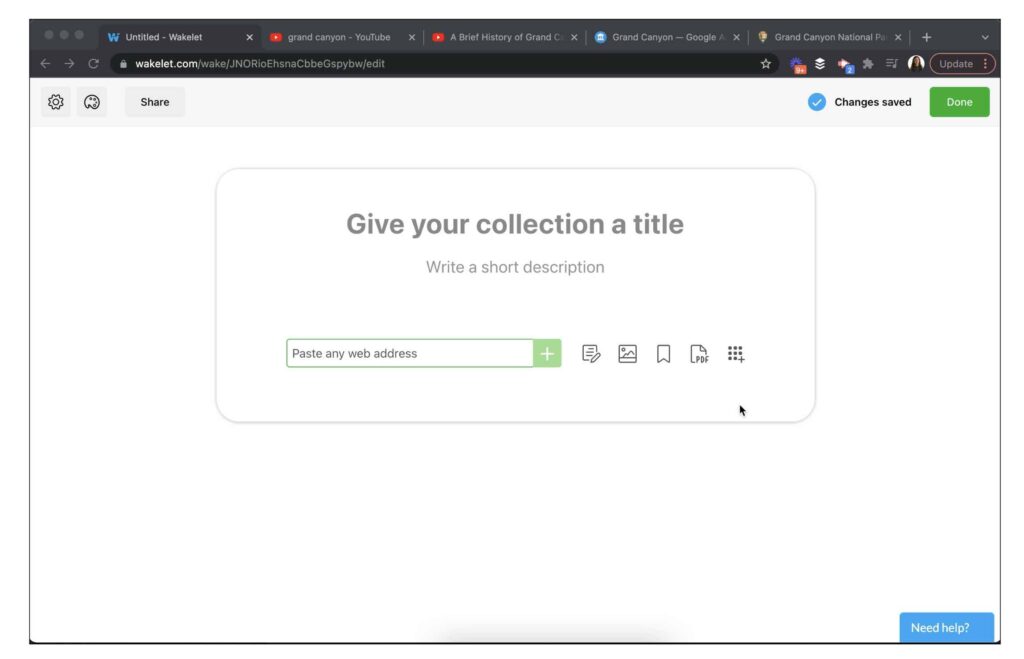
Use Prompt Cards in Stations
Print a set of writing prompt cards and use them in stations or small groups. Each card can feature a different question or scenario from a generator like Scholastic Story Starters. You might laminate them and keep them in a box for easy access whenever students have a few extra minutes for writing.
Form Groups with Grouper
Grouper is an AI tool that forms student groups based on your input. After using a writing prompt generator to spark student thinking, you can use Grouper to set up discussion groups. This is a great option for think-pair-share activities.
Once students have written for a few minutes, use Grouper to create new pairs or small groups. The shuffle feature is perfect for this activity. Then, students can talk through their ideas with others and expand their thinking.

Start the Day with a Prompt
Add a daily writing prompt to your morning message. Whether you’re displaying it on a screen using Google Slides or posting it to your learning management system, it’s a quick way to start the day with writing. You can link to a favorite EdTech tool so students can post their responses.
Using Writing Prompt Generators
Writing prompt generators are simple tools that can have a big impact. Whether you’re using them for a creative writing activity or reflection, students build confidence and practice writing (or discussion) skills. And because these tools create a quality prompt quickly, they fit into all types of classroom routines.
If you’re looking for more literacy ideas to support reading and writing, my quick reference guide written with Pam Allyn is a great resource. It includes classroom-ready strategies that are perfect for supporting student learning across subject areas. You can check out “Engaging Students in Reading All Types of Text” and more EdTech resources on this page.
